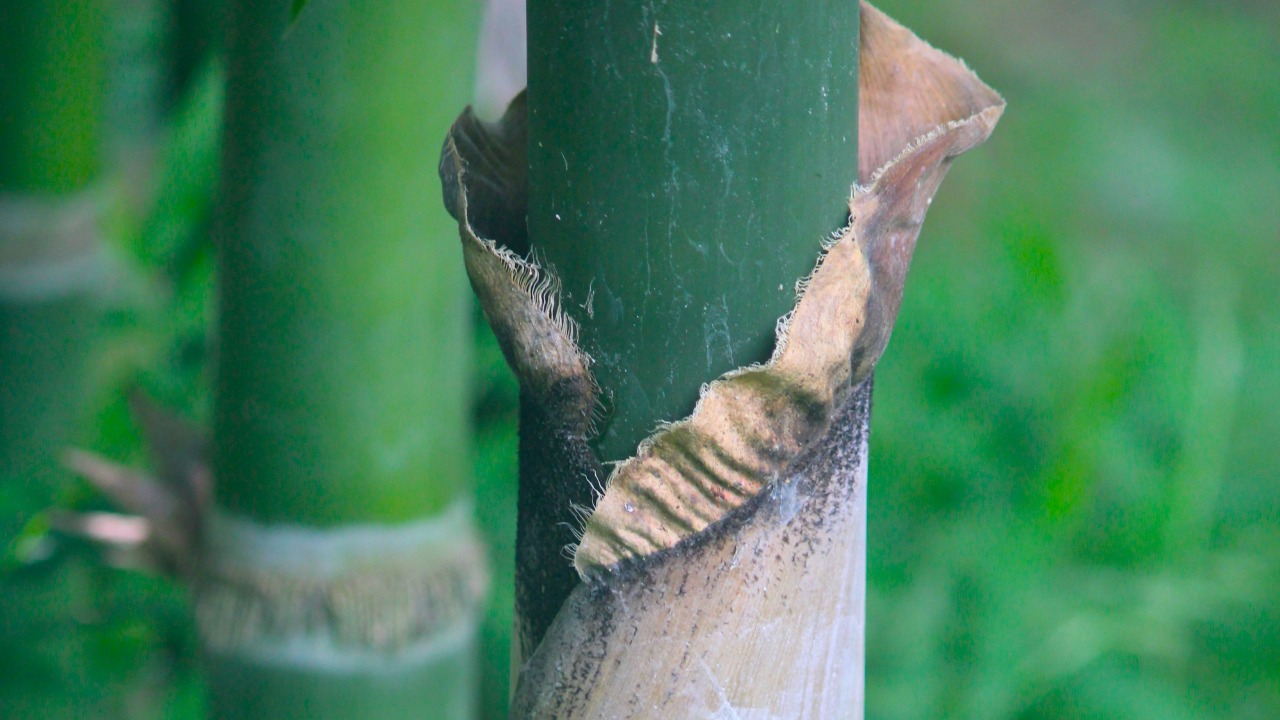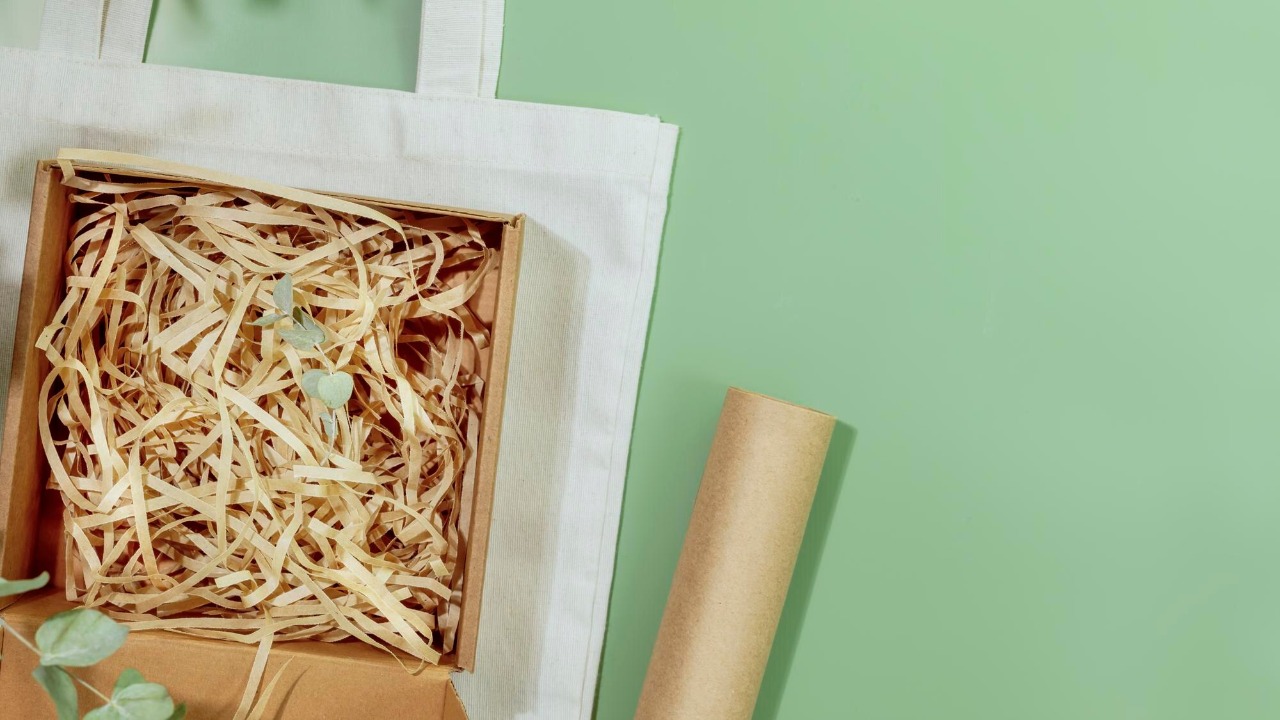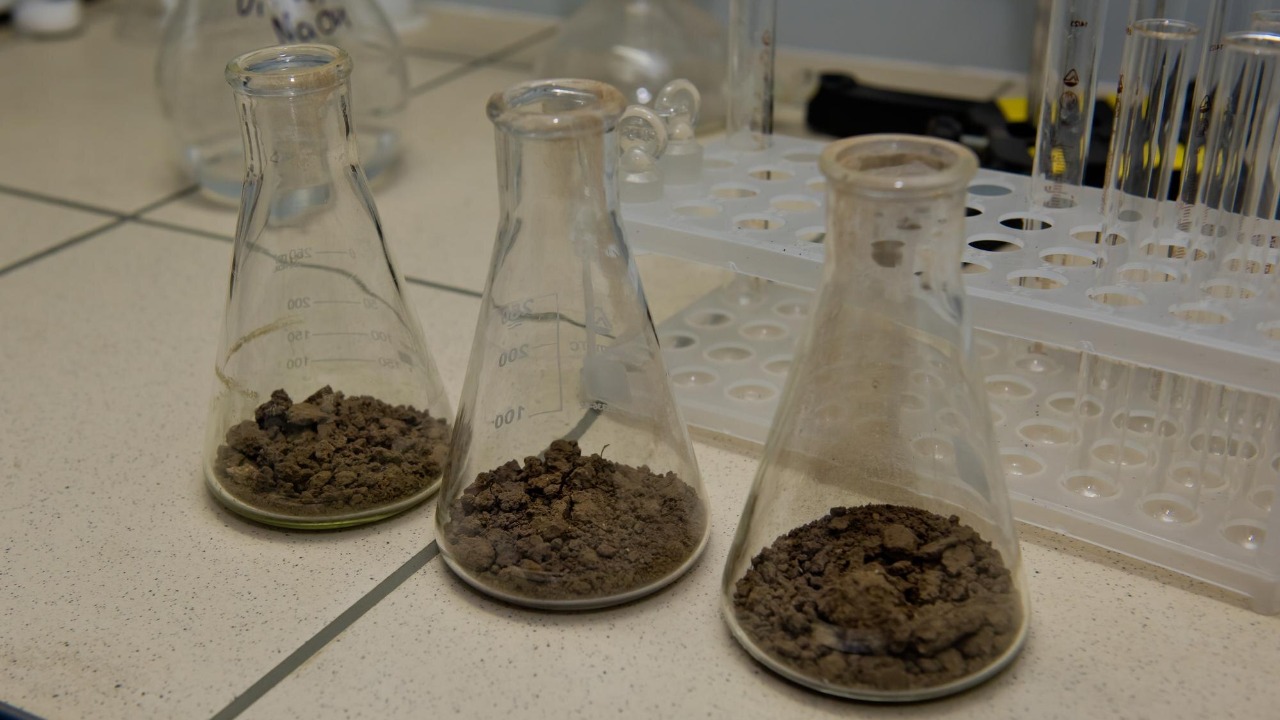
Researchers at Sichuan University in China have developed an innovative biodegradable plastic by combining bamboo cellulose nanofibers with polylactic acid (PLA). This new material achieves a tensile strength of 55 MPa, comparable to conventional polyethylene terephthalate (PET) plastics. Remarkably, it fully biodegrades in soil within 50 days, as detailed in a study published in Science Advances in 2024. This breakthrough addresses the urgent need for sustainable alternatives amid growing global plastic pollution concerns.
Development Process

The development of this novel material involves extracting cellulose nanofibers from bamboo and blending them with PLA to create a composite with enhanced properties. The process utilizes a simple, scalable fabrication technique, which is crucial for potential mass production. The lead researcher, Wang Yi, played a pivotal role in pioneering this approach. The natural abundance of bamboo in China significantly facilitated the project’s feasibility, providing a sustainable source for the raw materials needed [source].
To improve the compatibility of bamboo fibers with PLA, chemical modifications were applied. These modifications resulted in a uniform structure, which was achieved without the need for advanced equipment. This aspect of the development process is particularly noteworthy as it underscores the potential for widespread adoption of the technology without significant investment in new machinery [source]. The integration of bamboo fibers not only enhances the mechanical properties of the composite but also leverages the natural degradability of bamboo, making it an ideal candidate for sustainable plastic production.
Mechanical Strength Advantages

The bamboo-PLA composite boasts a tensile strength of 55 MPa, placing it within the range of PET’s 50-60 MPa, which is widely used in packaging and structural applications. This makes the new material a viable alternative to traditional plastics in various industries. The composite’s Young’s modulus and elongation at break also demonstrate superior stiffness, attributed to the reinforcement provided by the bamboo nanofibers [source]. Such mechanical properties are crucial for ensuring that biodegradable plastics can perform effectively in real-world applications.
Testing protocols outlined in the Science Advances study verified the material’s durability under stress, including bending and impact resistance. These tests confirm that the bamboo-PLA composite can withstand the rigors of everyday use, further supporting its potential as a replacement for conventional plastics. The ability to maintain structural integrity while offering environmental benefits positions this material as a promising solution to the plastic pollution crisis [source].
Biodegradation Mechanism

The biodegradation process of the bamboo-based plastic is notably efficient, with full decomposition occurring within 50 days in soil. Microbial activity breaks down the PLA and bamboo components into water, CO2, and biomass, leaving no microplastic residues behind. This rapid biodegradation is a significant advantage over traditional plastics, which can persist in the environment for centuries [source]. The environmental implications of such a material are profound, offering a pathway to reduce the long-term impact of plastic waste.
Laboratory simulations of soil conditions confirmed a 90% mass loss within 45 days, accelerated by the bamboo’s inherent degradability. This rapid breakdown contrasts sharply with PET’s non-biodegradable nature, highlighting the bamboo plastic’s compostability as a key differentiator. The ability to decompose quickly and completely in natural environments makes this material an attractive option for reducing landfill waste and mitigating the ecological footprint of plastic products [source].
Potential Applications and Challenges

The bamboo-PLA composite holds significant promise for applications in single-use packaging, such as bottles and films. Its strength and rapid breakdown offer a practical solution to reducing landfill waste, aligning with global efforts to transition towards more sustainable materials. However, scalability remains a challenge, particularly in sourcing sustainable bamboo from China’s plantations and optimizing production costs to compete with petroleum-based plastics [source]. Addressing these challenges is essential for the widespread adoption of this innovative material.
Ongoing research is needed to secure industrial composting certification and conduct broader environmental testing beyond soil. These steps are crucial for ensuring that the bamboo-PLA composite can be effectively integrated into existing waste management systems. By overcoming these hurdles, the material could play a pivotal role in the global shift towards sustainable plastic alternatives, offering a viable path forward in the fight against plastic pollution [source].